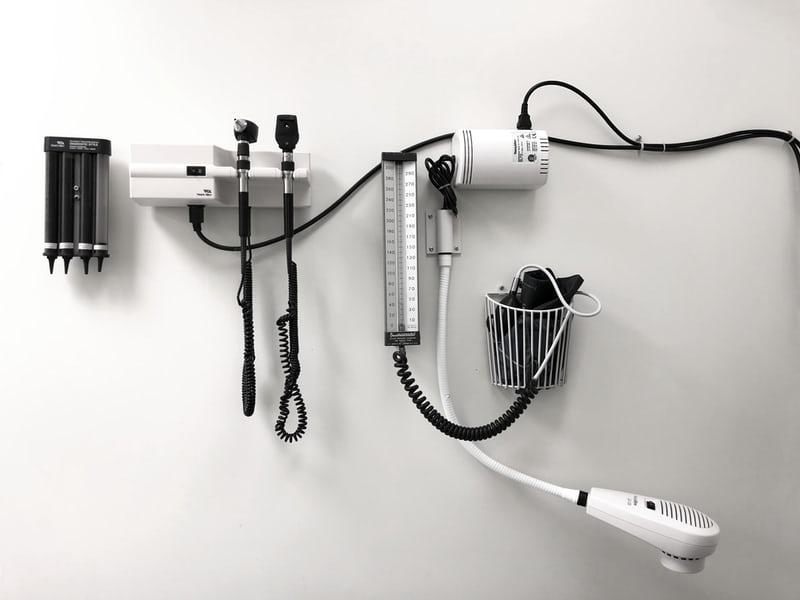If I asked you to pause and think of someone in your life with diabetes, it likely wouldn’t take long. That’s because as far as diabetes prevalence in the US, 34.2 million people have diabetes which makes up 10.5% of the population. What’s more, a whopping 34.5% of the population is prediabetic, meaning they’re likely to develop the condition. And with all the complications, costs and health crises that it can bring, this is concerning if that continues to trend up.
The most common form, Type 2 diabetes, is largely preventable with the right lifestyle choices. On the other hand, Type 1 diabetes doesn’t have to do with these lifestyle habits and is because of predetermined factors.
The Problem
The problem with the overwhelming numbers of diabetic people in the US is the health problems that come with it. Lifespan is significantly lower, and quality of life takes a hit as well. And health care costs can begin to pile up, all of which were largely preventable.
Risk Factors
Diabetes can start to present warning signs before it fully develops, so it’s important to keep an eye on your health and the health of your family members. 88% of people with Type 2 diabetes are overweight, so it’s helpful to prioritize staying at a healthy weight. Watch food portions and limit sugary, fatty and high-calorie foods.
High blood pressure and high cholesterol are big warning signs and risk factors of diabetes. If you have a family history of issues in this area, it’s something to keep an eye on. Blood pressure and cholesterol medications are often prescribed to keep these levels in check.
A sedentary lifestyle contributes to the onset of diabetes as a risk factor, too. Exercise should be part of your routine at least three times a week to keep weight to a healthy level, relieve stress, lower blood pressure, and more. There are a lot of benefits of walking as exercise.
Prediabetes and Diabetes Prevention
Prediabetes is a condition that serves as a warning sign for developing Type 2 diabetes. In prediabetic individuals, blood sugar levels are elevated but not enough to be considered diabetic. The kicker is that prediabetes is reversible. Once it transitions to diabetes, that’s not the case and more lifestyle changes need to be implemented to control it.
This is something to keep an eye on. In those who are diagnosed with prediabetes, putting in the work to make changes now is going to save your body in the long run. Better yet is to live a healthy lifestyle that won’t bring you there in the first place.
As one of the most common conditions, diabetes prevalence in the US is constantly increasing. But diabetes prevention is easier than you might think by making smaller changes. Eat healthier, move more, and check in with a doctor consistently to monitor your health. Here’s to staying healthy in 2020 and beyond!
